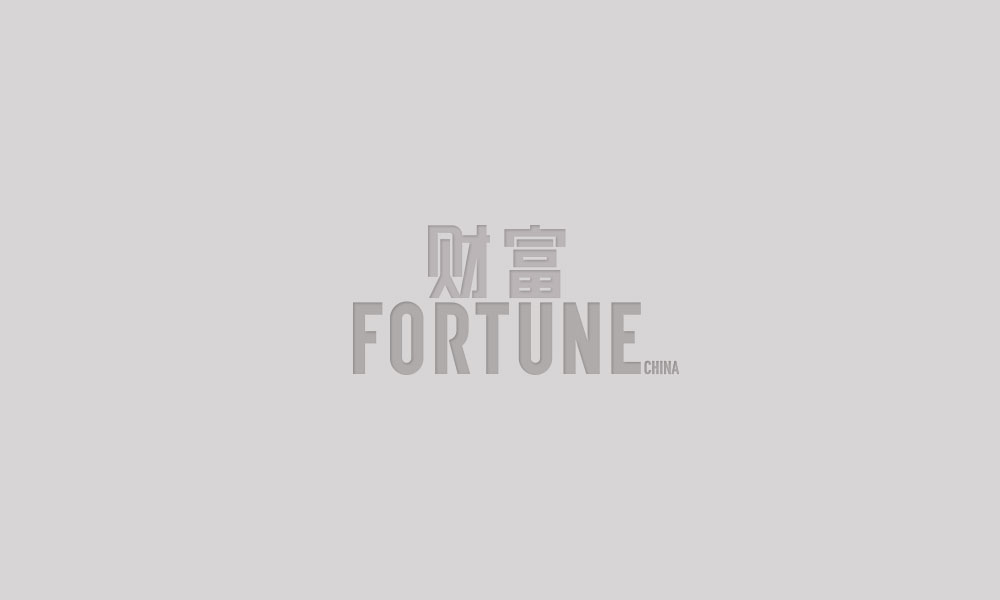中國(guó)仍將經(jīng)濟(jì)增長(zhǎng)作為第一要?jiǎng)?wù)

|
在剛剛過去的周末,,中國(guó)一年一度的“兩會(huì)”對(duì)未來一年進(jìn)行了規(guī)劃。與過去五年極為相似,,今年的一個(gè)重頭工作仍然是:經(jīng)濟(jì)增長(zhǎng),。 沒有對(duì)債務(wù)的憂慮,也不擔(dān)心對(duì)自由市場(chǎng)施加更多影響的后果——這樣的改革真糟糕,。 中國(guó)總理李克強(qiáng)在上周六日召開了為期兩天的會(huì)議,,宣布今后五年的國(guó)內(nèi)生產(chǎn)總值(GDP)增速目標(biāo)為每年6.5%至7%,要“牢牢抓住發(fā)展第一要?jiǎng)?wù)不放松”,。這是中國(guó)共產(chǎn)黨自1995年以來第一次設(shè)立增長(zhǎng)目標(biāo)區(qū)間,,當(dāng)時(shí)中國(guó)的經(jīng)濟(jì)總量只有法國(guó)的一半。設(shè)立區(qū)間值也許是為了掌握更大的靈活性來應(yīng)對(duì)混亂的經(jīng)濟(jì)狀況,。在中國(guó)北方,,制造業(yè)城鎮(zhèn)開始蕭條;而在南方,,以科技和消費(fèi)者服務(wù)為主業(yè)的沿海城鎮(zhèn)里,,GDP有著每年近兩位數(shù)的增長(zhǎng),房?jī)r(jià)也在飆升,。 這一目標(biāo)意味著至少在接下來這一年,,中央會(huì)有大量寬松的財(cái)政和貨幣支出。 中國(guó)政府表示,,中國(guó)自2009年起開始實(shí)施大規(guī)模刺激項(xiàng)目,,由于基礎(chǔ)設(shè)施的資本投資進(jìn)一步增加,2016年的預(yù)算赤字將會(huì)達(dá)到GDP的3%,,比2015年的2.3%有所上升,。 中國(guó)國(guó)家發(fā)展和改革委員會(huì)負(fù)責(zé)起草預(yù)算和五年計(jì)劃,。發(fā)改委表示,到2018年,,將有超過300個(gè)大型交通項(xiàng)目開始實(shí)施,,包括修整機(jī)場(chǎng),架設(shè)高鐵,,擴(kuò)張常規(guī)交通網(wǎng)絡(luò),。 一位經(jīng)濟(jì)學(xué)家把這種寬松政策稱作“努力維持正常”,。 經(jīng)濟(jì)增長(zhǎng)是執(zhí)政基礎(chǔ)之一,,而其中的一個(gè)核心承諾就是,到2020年,,人均收入要實(shí)現(xiàn)翻番,。如果無法在這期間保持6.5%的年均GDP增長(zhǎng),這個(gè)目標(biāo)就不可能實(shí)現(xiàn),。 越來越多的西方投資者懷疑,,中國(guó)高達(dá)約2.8倍GDP的債務(wù)、不景氣的工業(yè),,和大量資金的外流,,有可能導(dǎo)致短期的經(jīng)濟(jì)震蕩,而中國(guó)政府于上周末表示,,中國(guó)經(jīng)濟(jì)具有較強(qiáng)的支撐彈性空間,。這聽起來像是在為自己辯護(hù)。 負(fù)責(zé)起草五年計(jì)劃的發(fā)改委被認(rèn)為是中國(guó)頂尖經(jīng)濟(jì)規(guī)劃?rùn)C(jī)構(gòu),。發(fā)改委主任徐紹史認(rèn)為,,中國(guó)經(jīng)濟(jì)硬著陸完全是不可能的。 針對(duì)喬治?索羅斯“中國(guó)經(jīng)濟(jì)即將‘硬著陸’”的預(yù)測(cè),,徐紹史在記者招待會(huì)上表示:“所謂‘硬著陸’的預(yù)言,,是一定要落空的。請(qǐng)大家放心,,不存在這種可能,。” 那么,,有沒有可能中國(guó)債務(wù)水平已經(jīng)無法維持,,根本感覺不到更多的刺激政策和更高的經(jīng)濟(jì)目標(biāo)帶來的壓力?好吧,,或許也不存在這種可能,。(財(cái)富中文網(wǎng)) 譯者:嚴(yán)匡正 |
China’s annual spectacle of government meetings this weekend produced a promise for the next year that was remarkably similar to what China has said for much of the past half decade: economic growth is what’s important. Not worries over debt, or tired concerns about giving free markets more influence—reforms be damned. Premier Li Keqiang, the country’s second in command, on Saturday opened two days of meetings by announcing the annual GDP growth target range for the next five years of 6.5% to 7% and calling to give “top priority to development.” It’s the first time the Communist Party has set a growth range since 1995, when China’s economy was half the size of France’s, perhaps to give itself more flexibility in a confusing economy where manufacturing towns in the country’s north are in recession while the coastal southern towns specializing in technology and consumer services post nearly double-digit GDP growth and skyrocketing home prices. The target means plenty of loose fiscal and monetary spending over at least the next year. The budget deficit will increase to 3% of GDP for 2016, up from 2.3% in 2015, the government said, as more funds are funneled into the type of infrastructure-based capital spending that China has gorged itself on since a massive stimulus project in 2009. This weekend the the National Reform and Development Commission, the policy group that drafts budgets and five-year plans, said more than 300 big transportation projects would begin between now and 2018, including revamped airports, more high speed rail, and the expansion of regular transportation networks. One economist called the looser policy ‘running to stay in place.’ Economic growth is the cornerstone of such legitimacy as the Party has in China, and one of its core promises was to double per capita income from 2010 to 2020—a goal it can’t reach without 6.5% GDP growth till then. The government crafted a strong message of resiliency this weekend amid more Western investors questioning whether the country’s rising debt levels, around 280% of GDP, stagnant industrial industries, and high levels of capital flight could produce a short-term shock to the economy. It all sounded defensive. The head of the NDRC, which crafts the five-year plans and is generally considered the country’s top economic planner, said there was not even apossibility of a hard landing for the economy. “Predictions of a hard landing are destined to come to nothing,” National Development and Reform Commission head Xu Shaoshi said at a news conference in response to a question about George Soros’s predictions. “Rest assured, this possibility does not exist.” And the possibility that China’s already unsustainable debt levels won’t feel the pressure of more stimulus and more high economic targets? Well, that might not exist either. |













